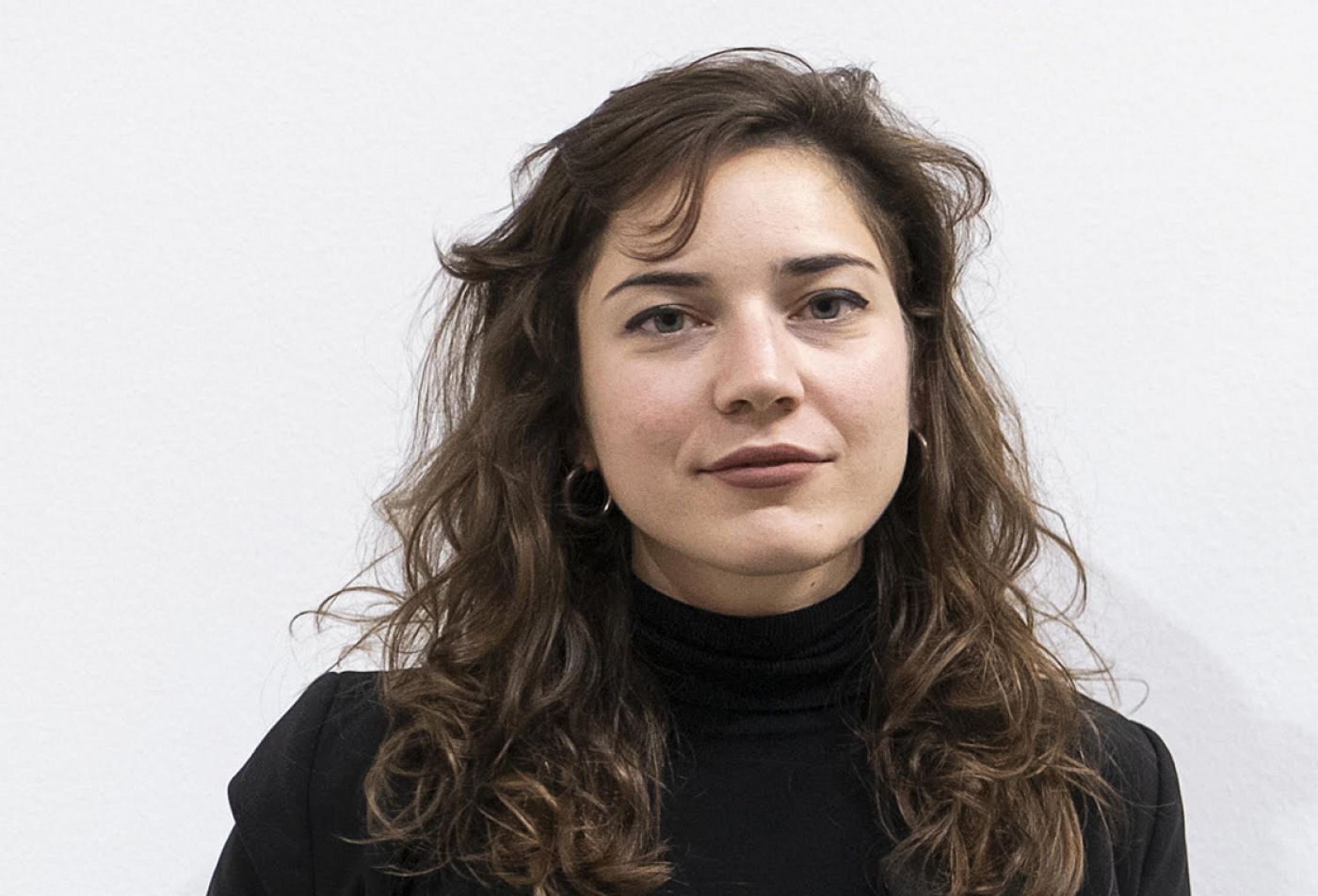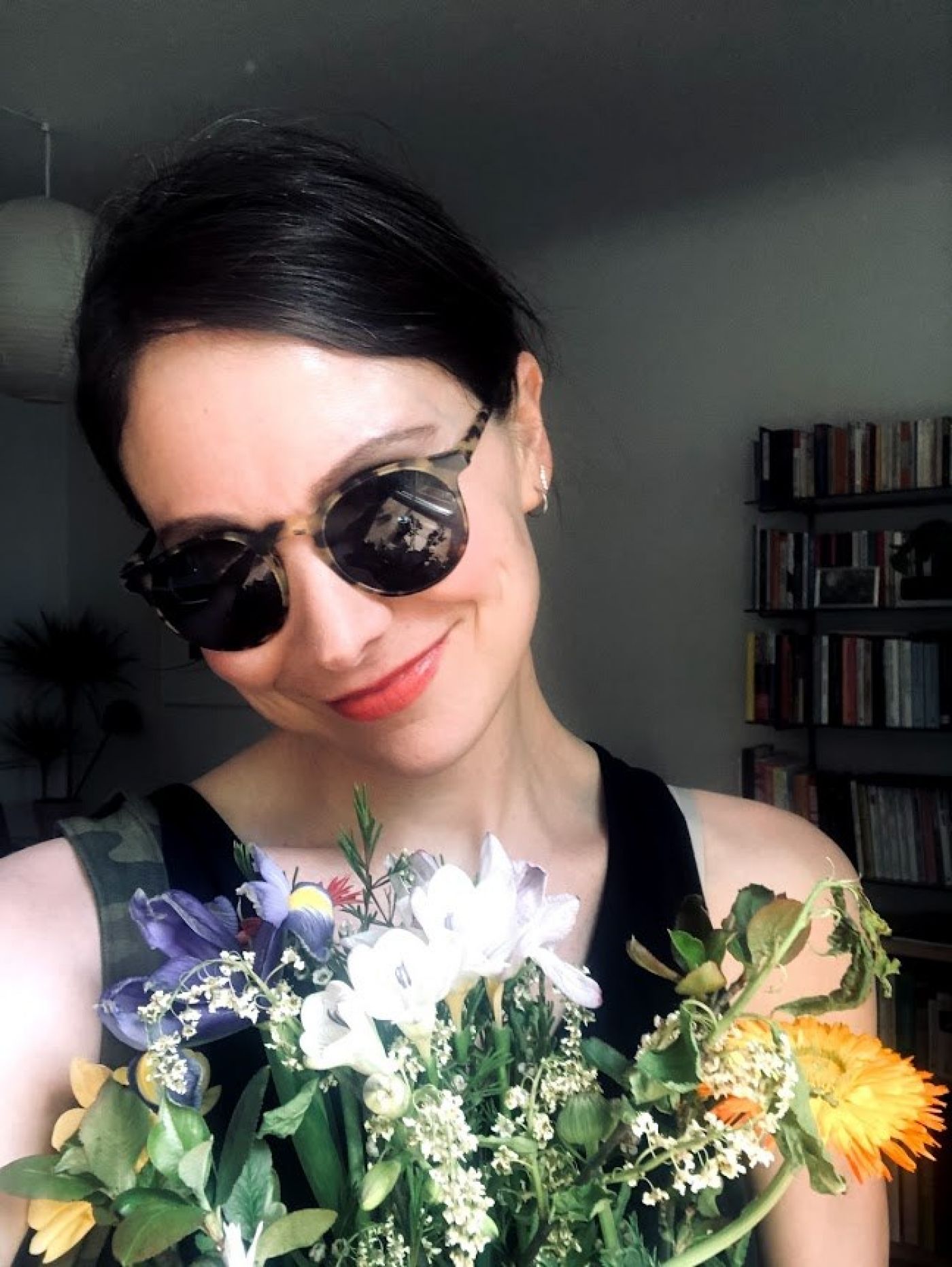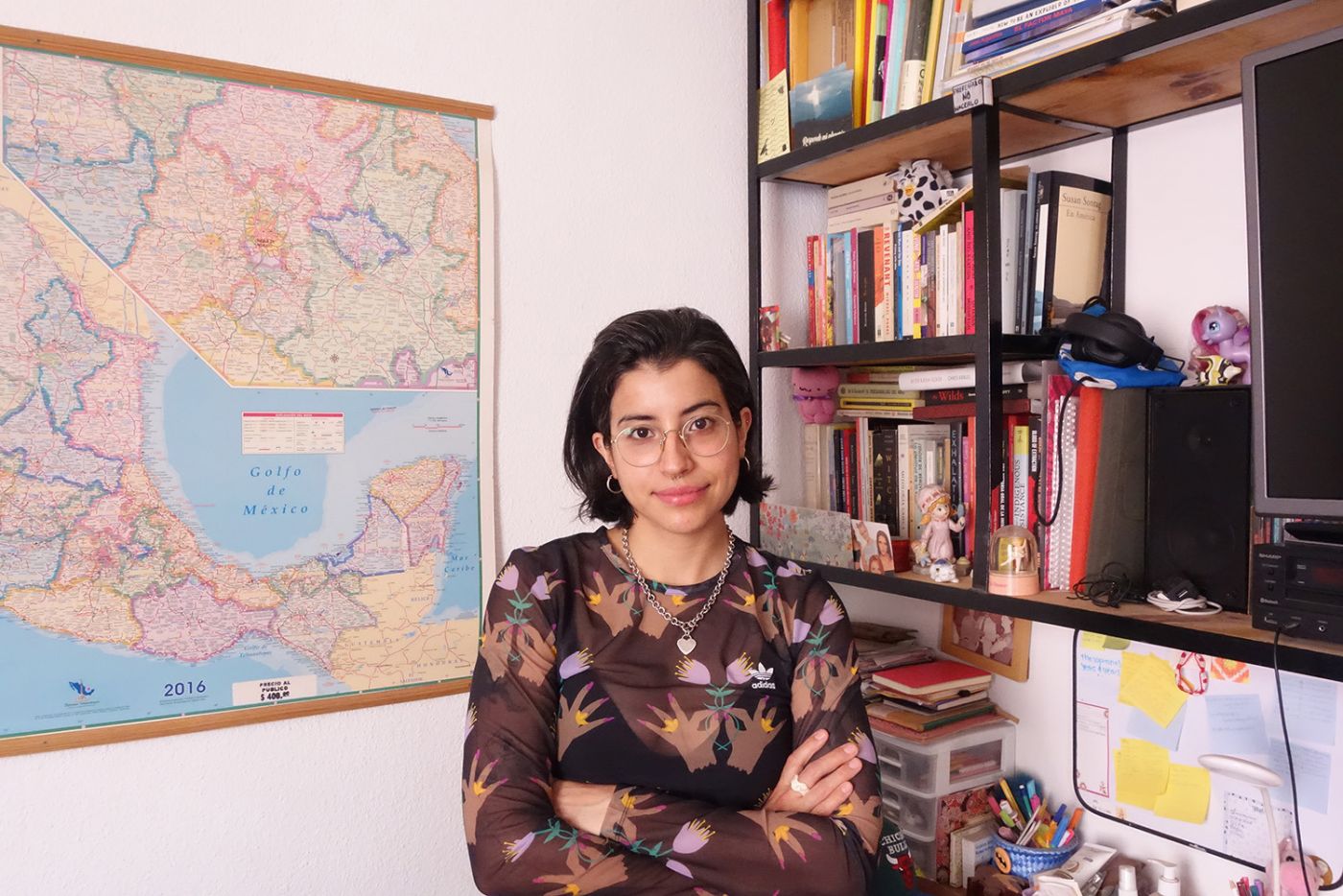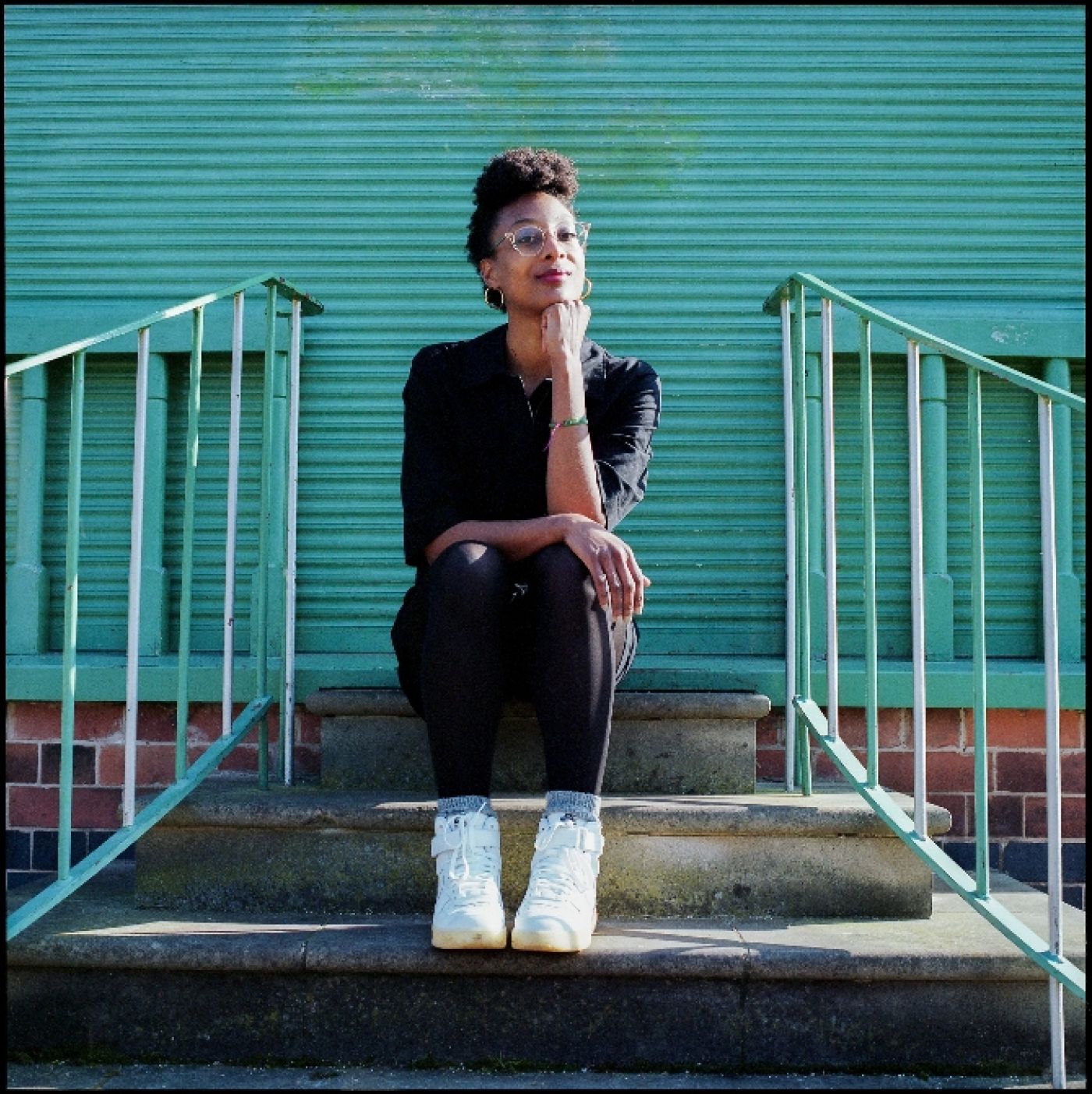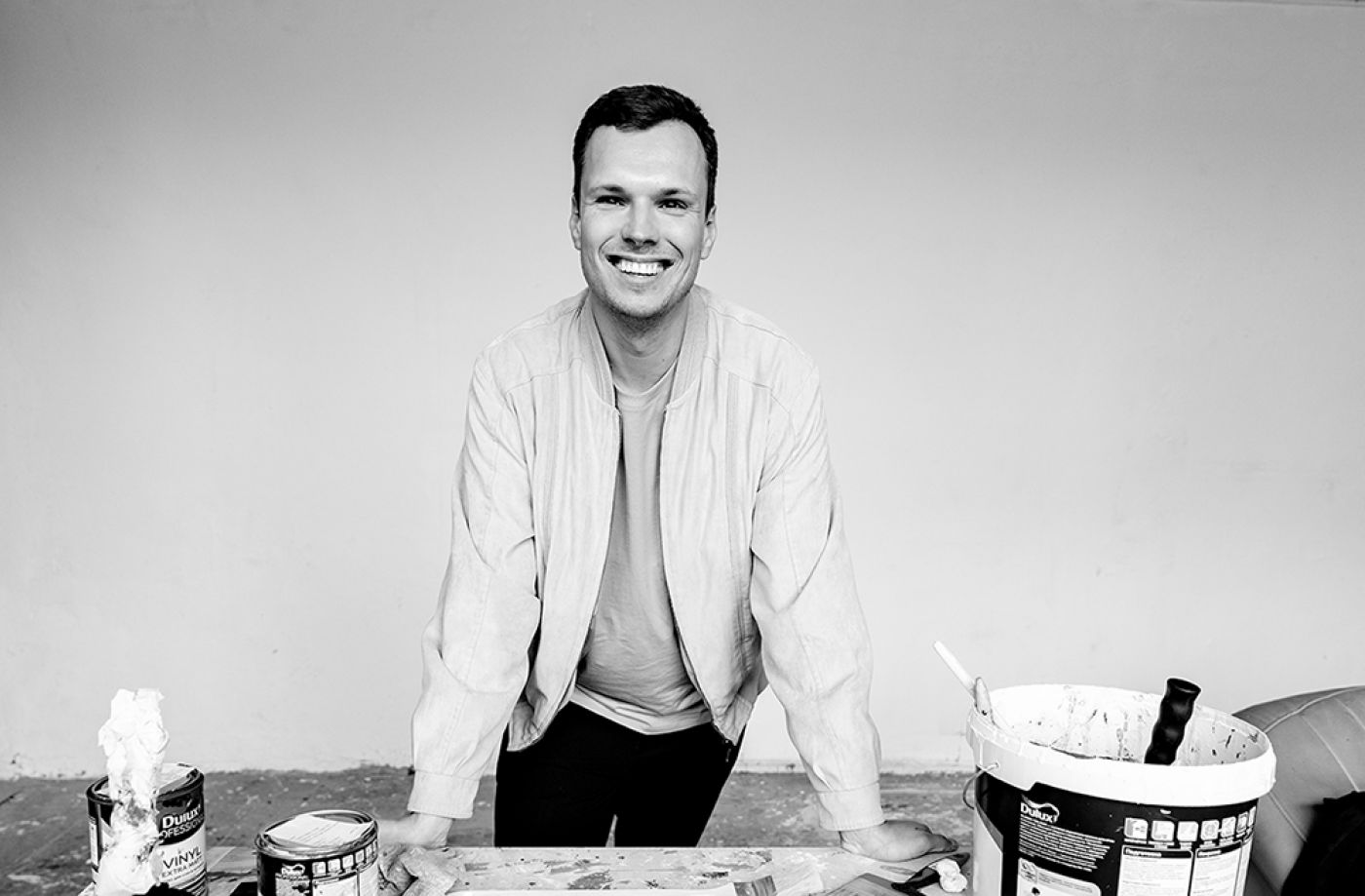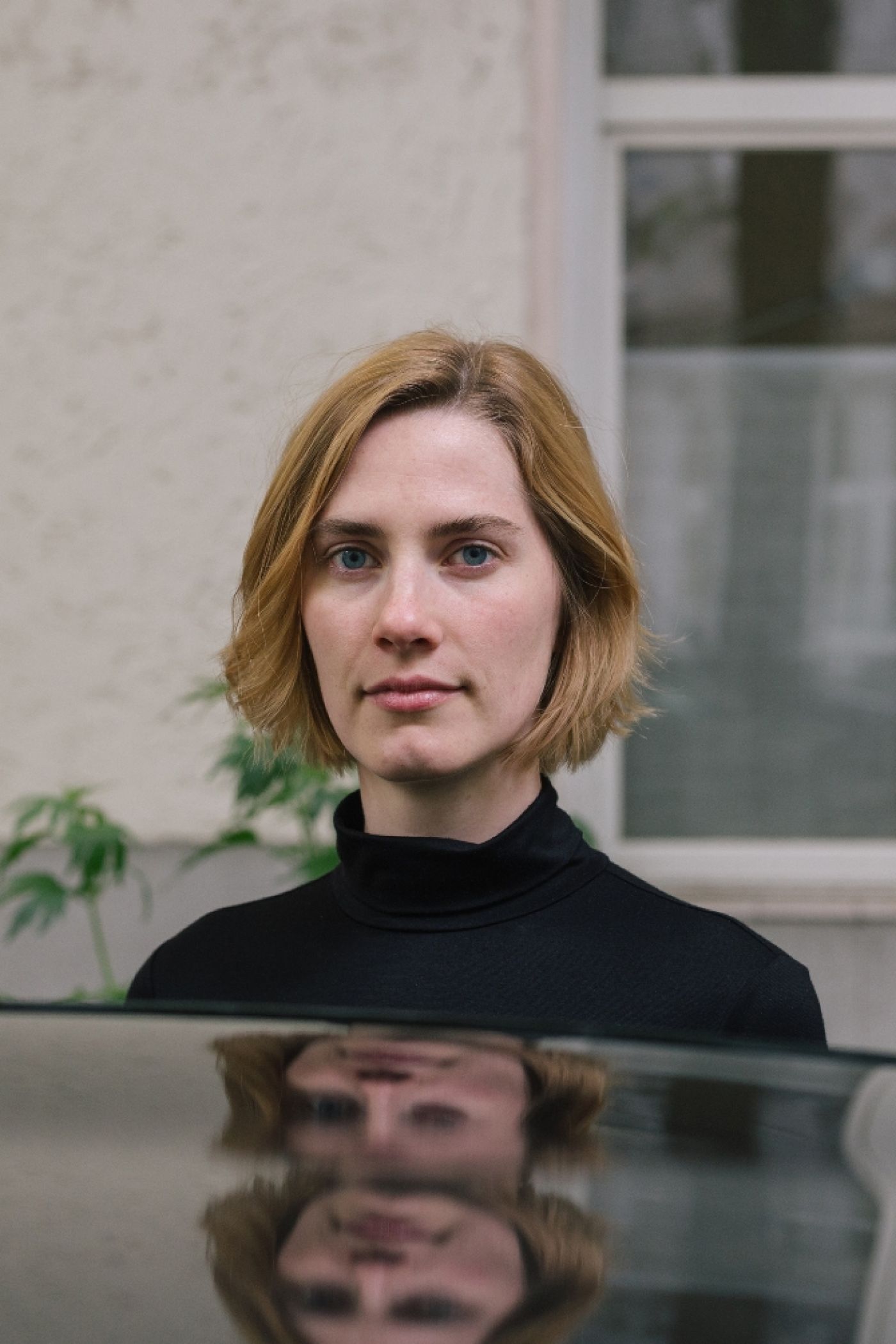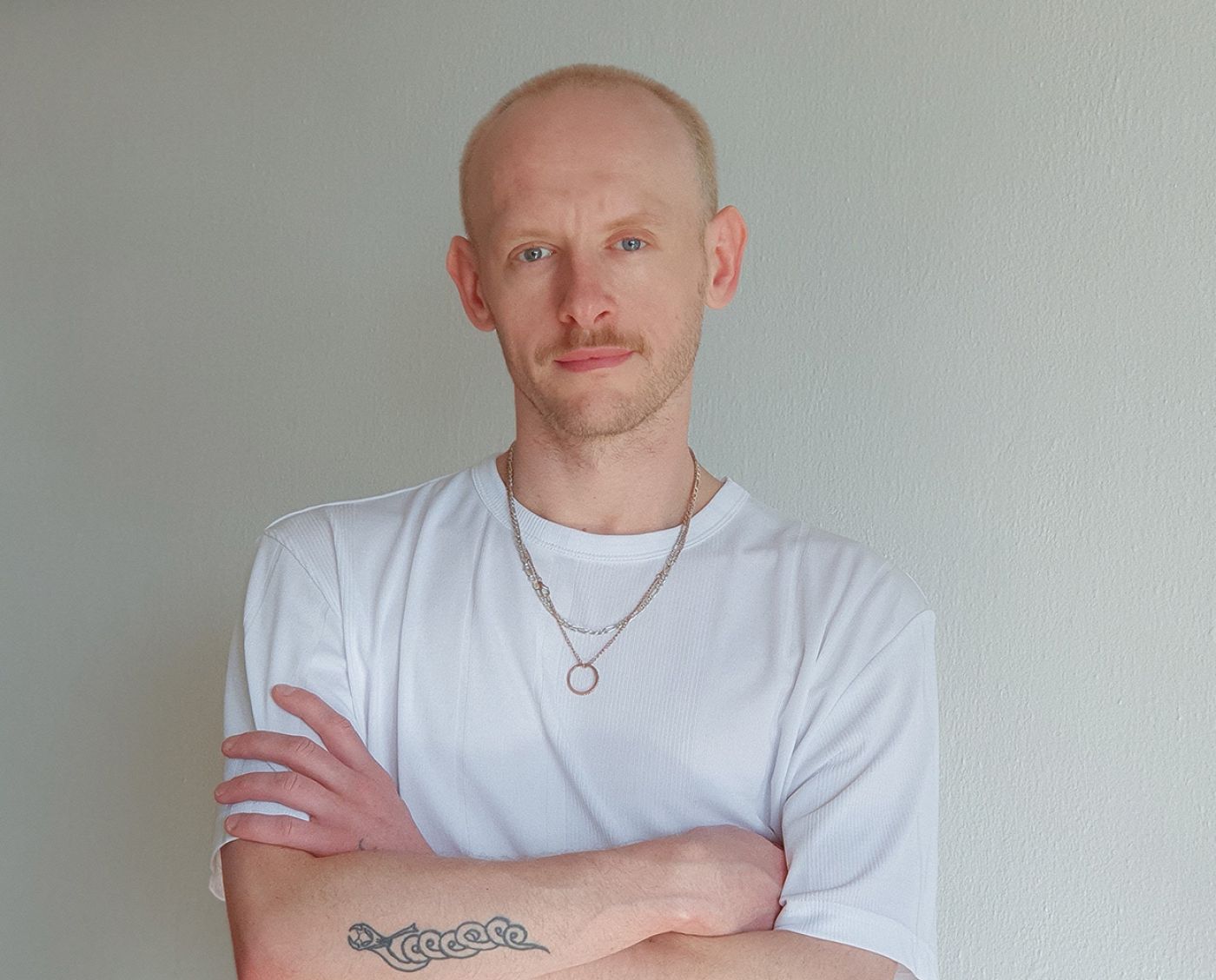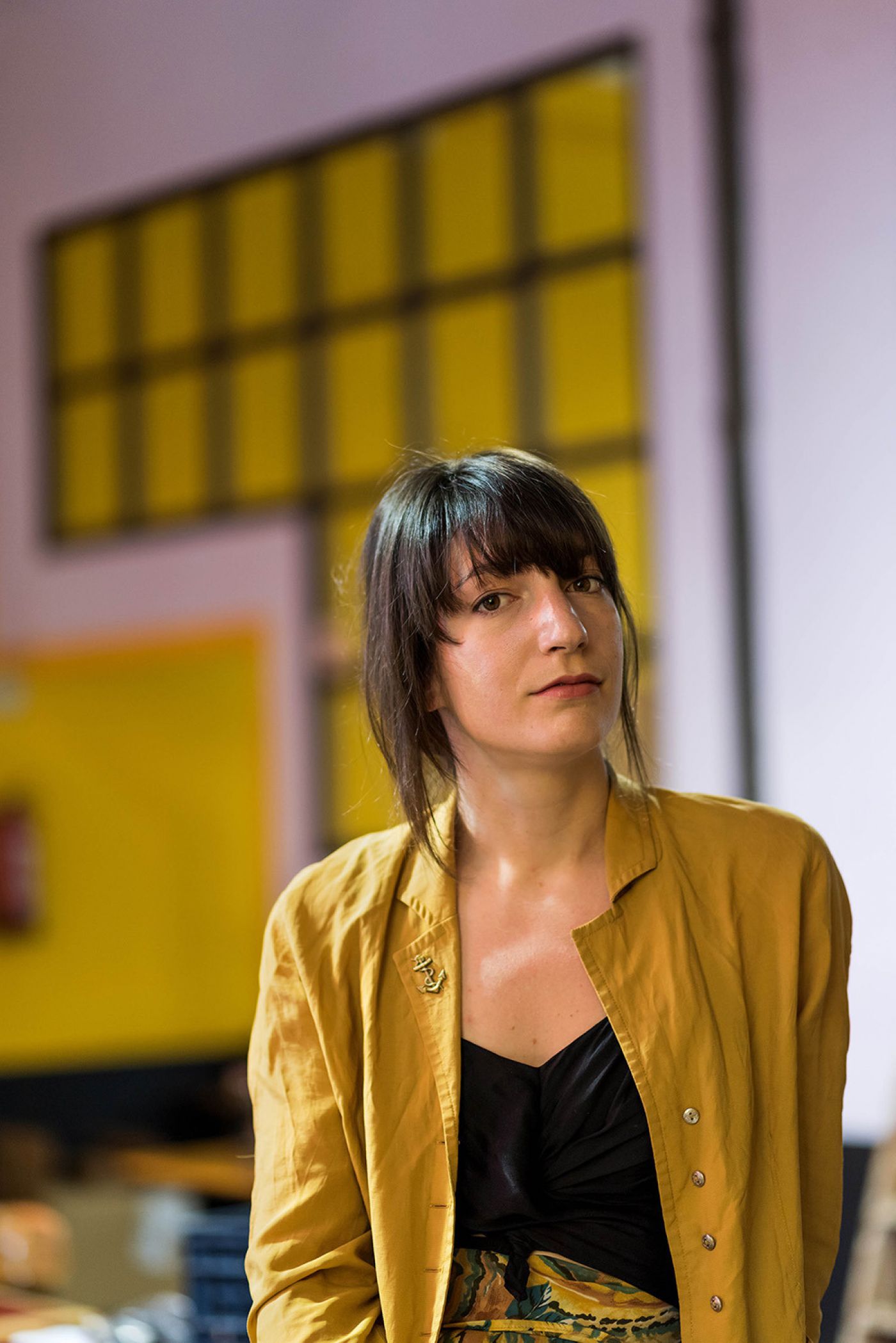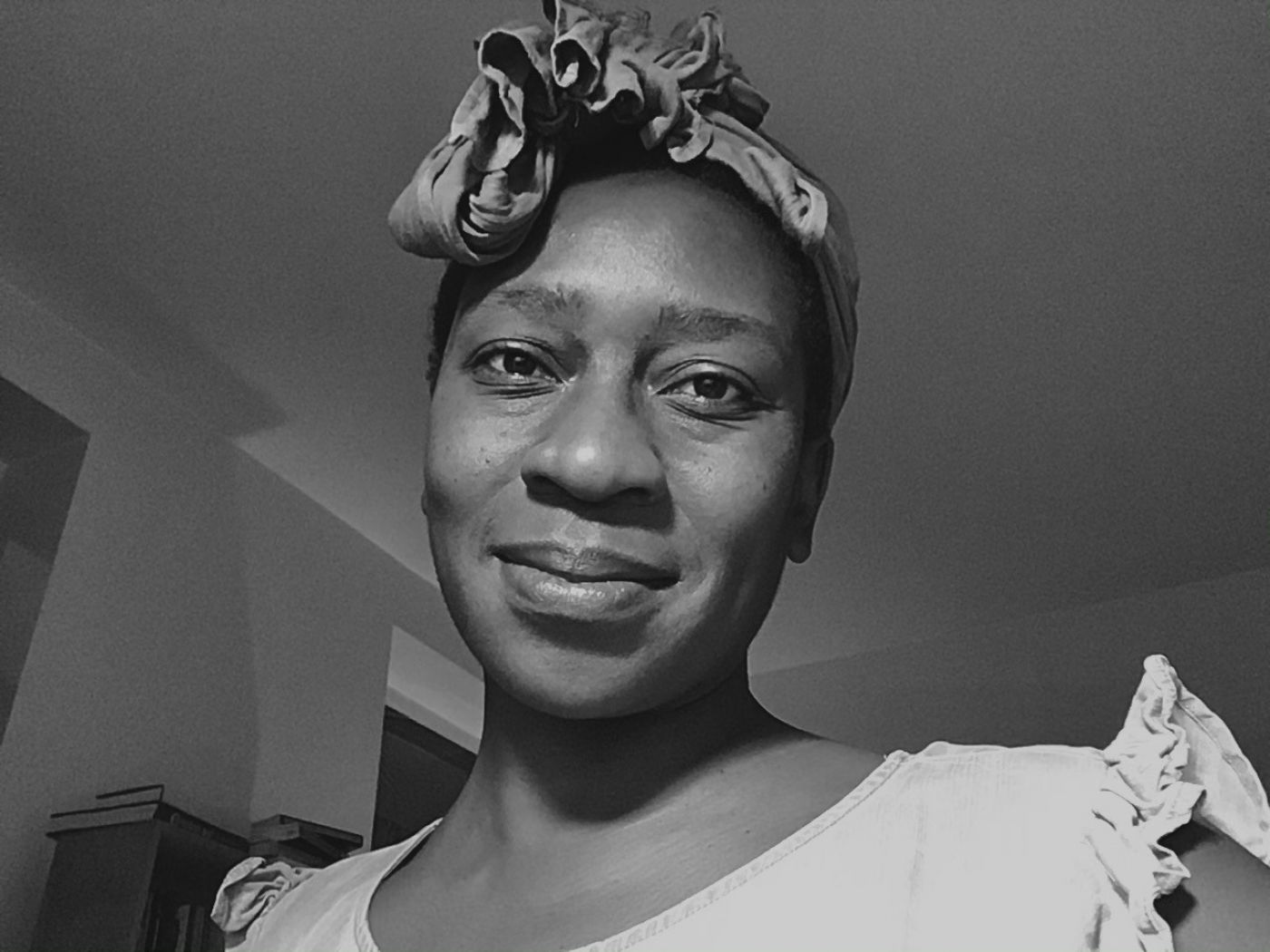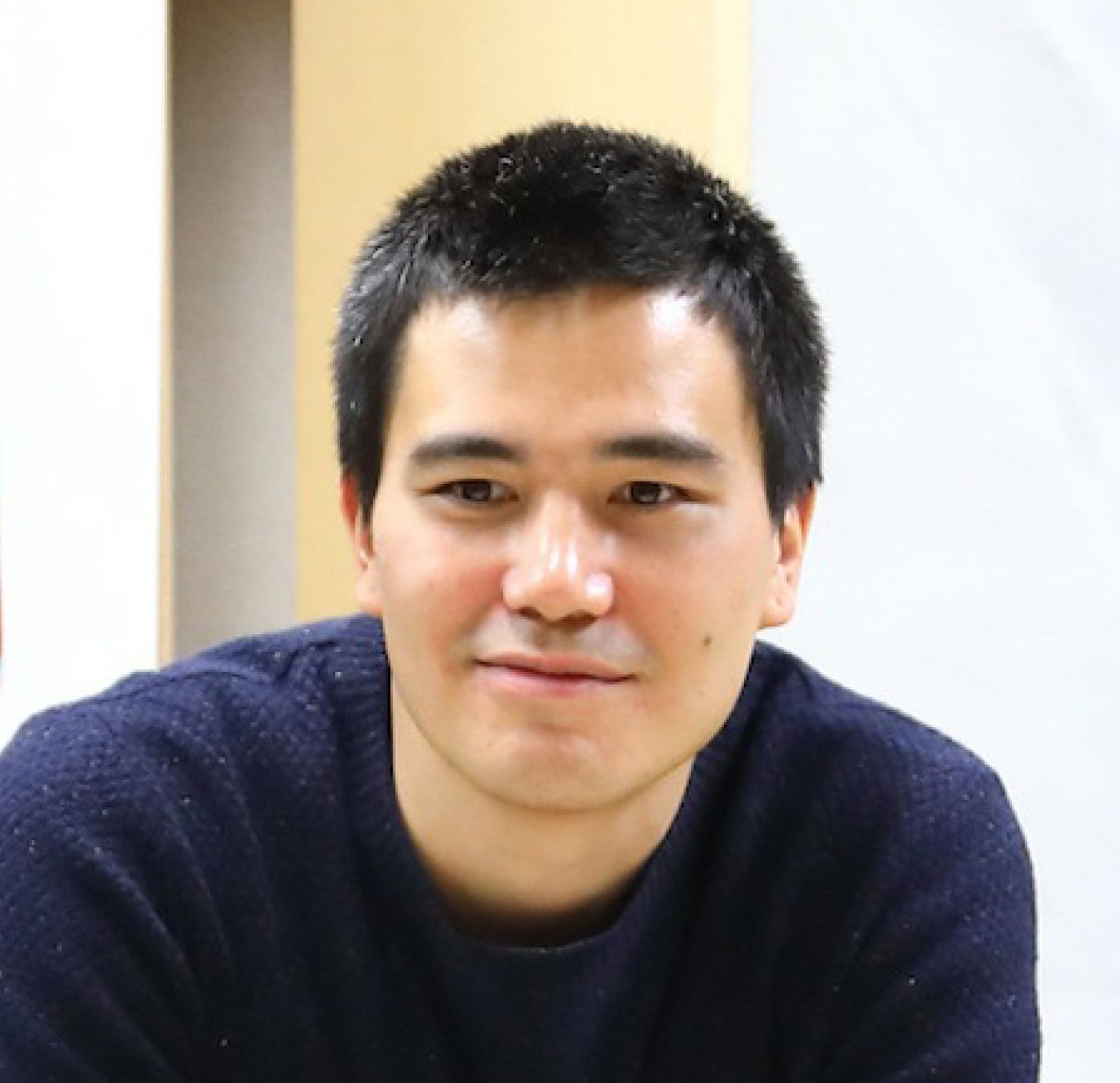Lauren Gabrielle Fournier on Autotheory
The term that I think best reflects the present moment in contemporary art is “autotheory”. Most simply, autotheory describes the melding of autobiography with practices of theorising and philosophising. Autotheory allows artists to consider their embodied, subjective, lived experiences and perspectives in their work alongside criticality, rigour and research. This makes it a desirable mode for contemporary artists, as well as curators and critics, to engage today, navigating as they are a world of “research creation” and “practice-based research”, the post-confessional technologies of an omnipresent social mediascape and the pernicious neoliberal demands for self-branding and competitive individualism – which prompt anti-neoliberal subversions that strive for collective action and interrelations instead. A number of artists have told me recently that autotheory “is the term they didn’t know they needed”, the term that describes their existing way of working for which they previously did not have the language.
As an idea, autotheory shuttles between theory and practice, art and life, work and the self. It can be a practice of critical, self-aware “narcissism” – in the sense of a literal self-looking, self-turning, that involves some element of pleasure – though most often it also involves an attention to and incorporation of others, whether citing texts or humans. Autotheory prompts artists to question with curiosity who and what they cite and reference in their research and practices, and the politics, aesthetics and ethics therein. I think autotheory is particularly resonant now in contemporary art because it offers artists ways of navigating the complexities of their own embodied self and selfhood in relation to their work, and to do so through critical self-reflection. Why do I make the work that I make in the way that I make it? How do my lived experiences in the world, once reflected upon, come to bear on the form and concepts of my creative output as a professional artist (or curator)?
While now in the zeitgeist, autotheory has a much longer history in literature and philosophy, as in the dawn of the essay (think Michel de Montaigne in 16th-century France, devising the genre of the “essay” and doing so through a sometimes quite taboo first-person, through the autotheoretical moves of Frantz Fanon and others in the early 20th-century), as well as art history and the development of feminist thought (from Adrian Piper’s conceptual art and body art of the early 1970s through Gloria E. Anzaldúa’s autohistoria-teoría writings of the 1980s–1990s).[1]
Self-knowledge, here, becomes a core part of critical work. In contemporary art, autotheory can take direct forms – artists reproducing “citations” (theory books and other texts) in mimetic ways through sculpture and installation – or indirect forms, such as artists describing their practices as presenting a “theory” or artists expanding pre-existing conceptions of what “theory” means. There are exciting developments, for example, within Indigenous autotheoretical practices: These artists show ways of decolonising, or at the very least de-centring, Western models of theory inherited from Continental philosophy by presenting their own rich, complex fields of theory and practice that exist apart from those colonial systems. Take, for example, Zoe Todd’s Métis feminist critique of the entire field of “ontology” as itself appropriative of Indigenous cosmological thought – specifically Inuit cosmologies.
Notably, while the neologism “autotheory” is predicated on the “auto” or self, it is by no means a purely self-reflective or reflexive endeavour. The “self”, as it turns out, is always in excess of itself: this allows autotheory (and its critics) to resist any easy recourse to solipsism. Often, autotheoretical works show the ways that the self is always already entangled in and with many others, whether through intimate or professional relationships or through other relations – including the symbiotic ones with the microbes living on our skin and in our guts. Contemporary artists engaging autotheory take this knowledge and extend it in rich ways.
[1] This is a history that I trace in my book Autotheory as Feminist Practice in Art, Writing, and Criticism, recently published by The MIT Press (2021)

Lauren Fournier is a writer, curator, video artist and filmmaker based in Toronto. Her work brings together critical and creative writing, exhibition-making, artistic practice, fermenting and food practices, socially responsive programming and collaboration. Lauren's first novel is an autofictional work that runs parallel to Chris Kraus's I Love Dick (forthcoming, Fiction Advocate). Her first book-length academic monograph Autotheory as Feminist Practice in Art, Writing, and Criticism was published by The MIT Press in spring 2021.
